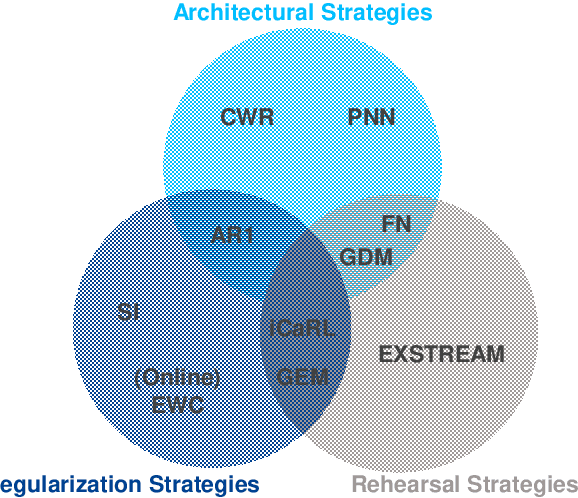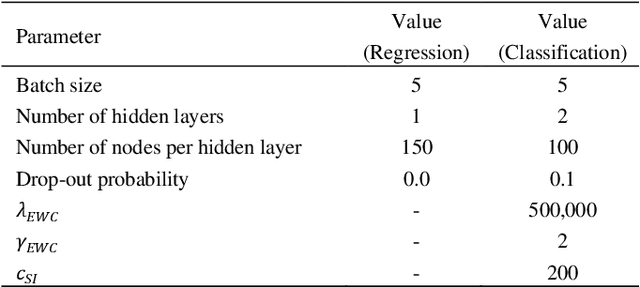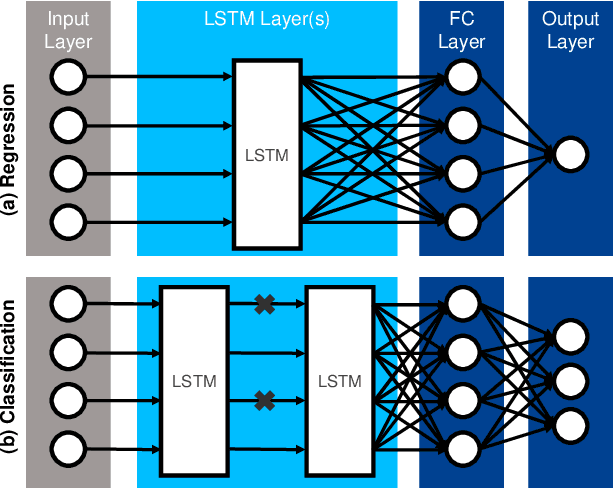Regularization-based Continual Learning for Fault Prediction in Lithium-Ion Batteries
Paper and Code
Jul 07, 2021



In recent years, the use of lithium-ion batteries has greatly expanded into products from many industrial sectors, e.g. cars, power tools or medical devices. An early prediction and robust understanding of battery faults could therefore greatly increase product quality in those fields. While current approaches for data-driven fault prediction provide good results on the exact processes they were trained on, they often lack the ability to flexibly adapt to changes, e.g. in operational or environmental parameters. Continual learning promises such flexibility, allowing for an automatic adaption of previously learnt knowledge to new tasks. Therefore, this article discusses different continual learning approaches from the group of regularization strategies, which are implemented, evaluated and compared based on a real battery wear dataset. Online elastic weight consolidation delivers the best results, but, as with all examined approaches, its performance appears to be strongly dependent on task characteristics and task sequence.
 Add to Chrome
Add to Chrome Add to Firefox
Add to Firefox Add to Edge
Add to Edge